Table of Content
- What Are Shimla Circle Rates?
- Factors That Affect Shimla Circle Rates
- How Shimla Circle Rates Differ from Market Rates
- Shimla Circle Rates Across Key Localities
- How to Check Shimla Circle Rates Online
- Offline Method to Find Shimla Circle Rates
- Stamp Duty and Registration Charges in Shimla
- Key Takeaways
- Conclusion
When buying, selling, or registering property in Shimla, understanding the Shimla Circle Rates is essential. These government-determined rates set the minimum value at which a property can be legally registered. They ensure transparency in real estate transactions, prevent undervaluation, and help calculate stamp duty and registration fees accurately.
Also known as the guidance value or ready reckoner rate, Shimla Circle Rates differ across districts, localities, and property types. Staying updated with these rates allows buyers and investors to make informed and legally compliant decisions in the city’s thriving real estate market.
What Are Shimla Circle Rates?
Shimla Circle Rates set the minimum legal value for properties in the city. Selling or registering property below this rate is not allowed under law.
These rates are determined by the Shimla Revenue Department and are periodically revised to reflect current market conditions. They differ based on property type residential, commercial, or agricultural and locality, ensuring fairness and consistency in property dealings.
Key Highlights:
- Determined by the Shimla Revenue Department
- Updated annually or periodically
- Used for stamp duty, registration fees, and property tax calculations
- Different rates for residential, commercial, and agricultural land
Also Read: Himachal Pradesh Property Tax 2025: How to Calculate & Pay Online (Complete Guide)
Factors That Affect Shimla Circle Rates
Several factors influence Shimla Circle Rates:
- Location: Urban areas and prime neighborhoods have higher rates.
- Property Type: Residential, commercial, and agricultural properties are priced differently.
- Infrastructure: Proximity to schools, hospitals, and transport hubs increases rates.
- Land Use: Commercial or industrial land is valued differently from residential land.
- Market Trends: Circle rates may be lower than actual market prices but provide a legal minimum.
- Amenities: Parks, shopping centers, and recreational facilities affect property rates.
- Government Policies: Tax reforms and new regulations can impact circle rates.
How Shimla Circle Rates Differ from Market Rates
|
Aspect |
Shimla Circle Rates |
Market Rates |
|
Definition |
Minimum government-approved value for registration |
Actual price negotiated between buyer and seller |
|
Revision |
Set and updated by the Revenue Department periodically |
Changes daily based on demand and supply |
|
Purpose |
Determines stamp duty and registration fees |
Determines the selling price of the property |
|
Value |
Typically lower than market rate |
Often higher, especially in prime areas |
During registration, the higher of the Shimla Circle Rates or market value is used to calculate stamp duty.
Shimla Circle Rates Across Key Localities
Shimla Circle Rates vary based on locality and proximity to the city center. Central urban areas have the highest rates, while outskirts are relatively lower.
|
Village |
Category-1 (0–100 m) |
Category-2 (>100 m) |
|
Andri |
12,422 |
6,682 |
|
Bag |
12,588 |
7,716 |
|
Bazar Ward Bara Shimla |
20,356 |
9,450 |
|
Bemloi |
8,057 |
6,154 |
|
Dhar |
8,578 |
6,848 |
|
Jakhu |
8,661 |
7,111 |
|
Khalini |
10,262 |
6,615 |
|
Ramnagar |
8,017 |
6,621 |
|
Up Mohal Ridge |
18,395 |
8,791 |
Note: Exact rates can be verified on the official Himachal Pradesh revenue portal.
How to Check Shimla Circle Rates Online
Checking Shimla Circle Rates online is fast and convenient:
- Visit the Himachal Pradesh Official Portal.
- Navigate to “Circle Rates” under View Circle Rates of Your Village.
- Select the Shimla district and the desired locality.
- Download the PDF to view official rates.
This ensures buyers and sellers have access to accurate rates and avoid legal issues during property registration.
Offline Method to Find Shimla Circle Rates
- Visit the nearest Sub-Registrar Office (SRO).
- Provide property details such as type and location.
- Request the official Shimla Circle Rates list from authorized staff.
Stamp Duty and Registration Charges in Shimla
Property transactions in Shimla involve:
- Stamp Duty: Calculated on the higher of the circle rate or actual market value.
- Registration Fees: A percentage of the transaction value.
- Mutation Charges: For updating property ownership in government records.
Following these rules ensures legally valid property ownership.
Also Read: Circle Rate Uttarakhand: Updated Dehradun & Haridwar Circle Rates Guide
Key Takeaways
- Shimla Circle Rates vary by locality and property type.
- Rates are set and periodically revised by the Revenue Department.
- No property can be legally registered below the circle rate.
- Buyers should always check rates online or offline before purchasing.
- Circle rates help calculate stamp duty, registration, and taxes accurately.
Conclusion
Understanding Shimla Circle Rates is crucial for anyone involved in property transactions in the city. Whether purchasing a home in central Shimla, investing in land in nearby localities, or registering commercial property, knowing the official rates ensures transparency, fair valuation, and legal compliance.
The official online portal has made it easier than ever to access Shimla Circle Rates, helping buyers and sellers make informed decisions while avoiding disputes during property registration.

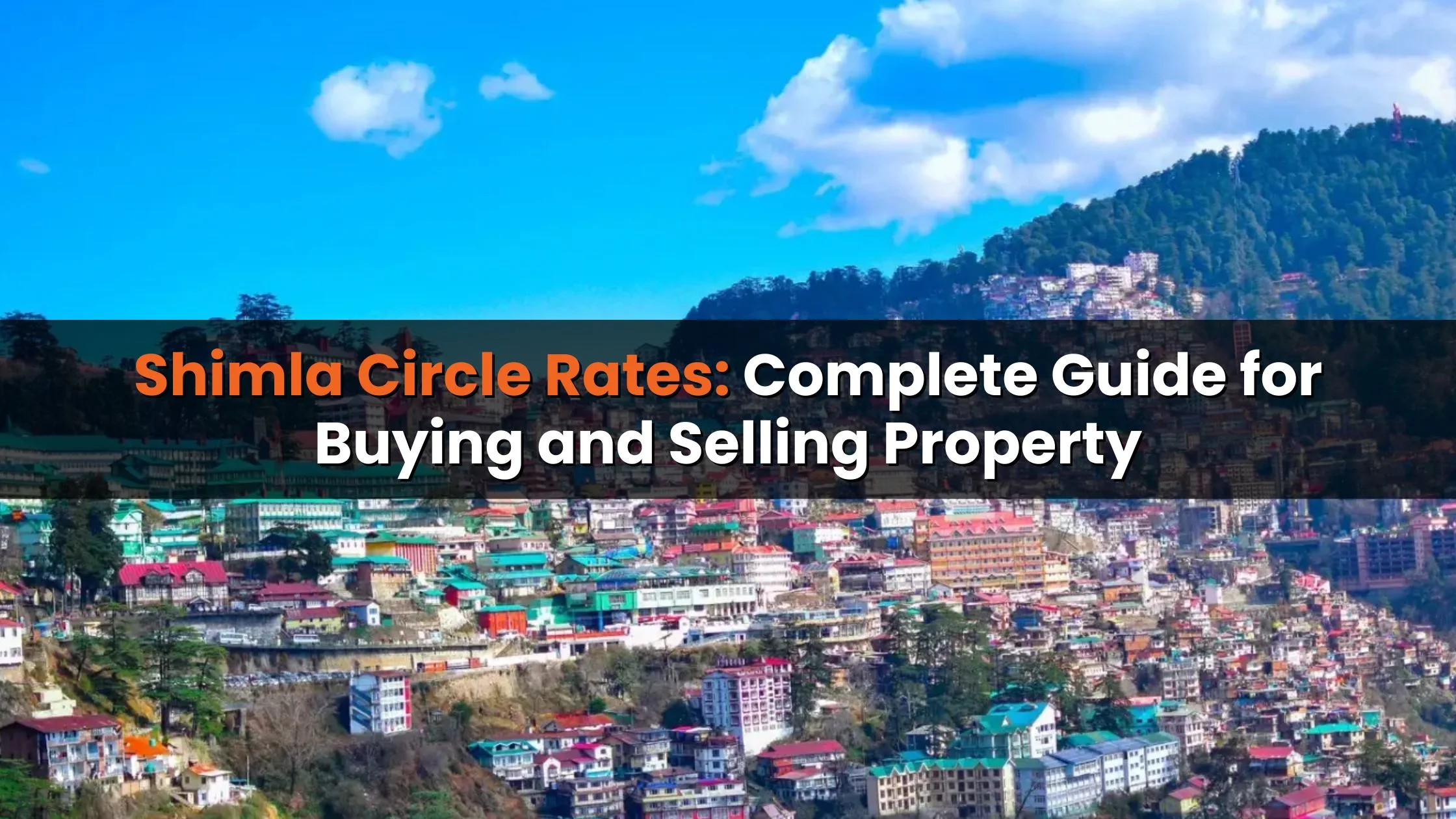
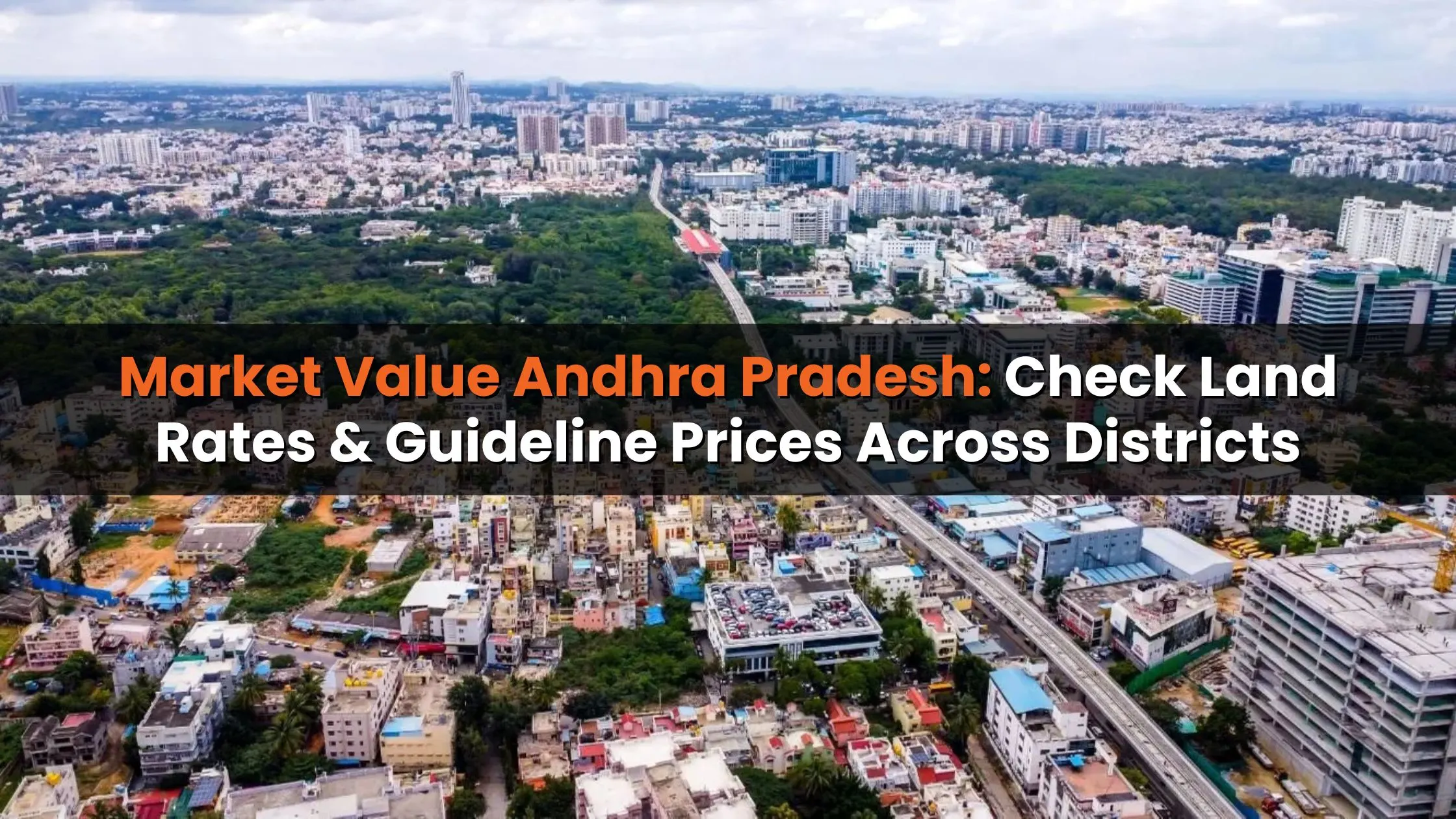
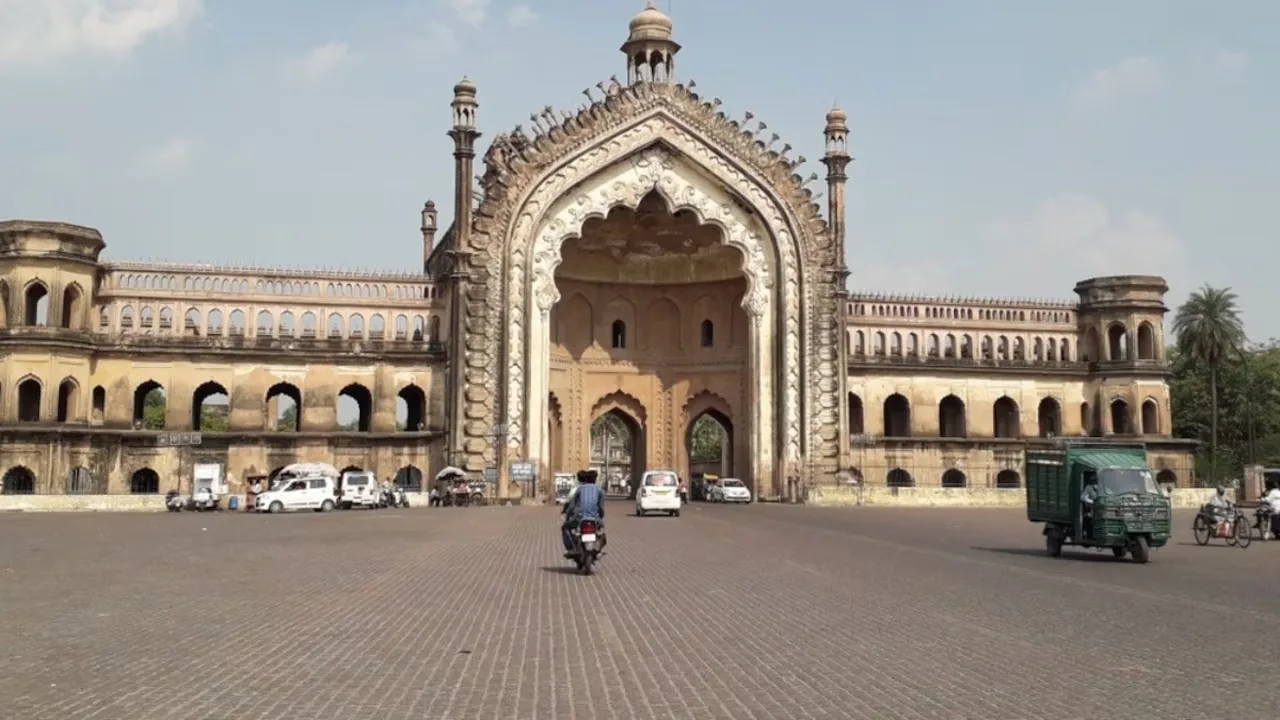


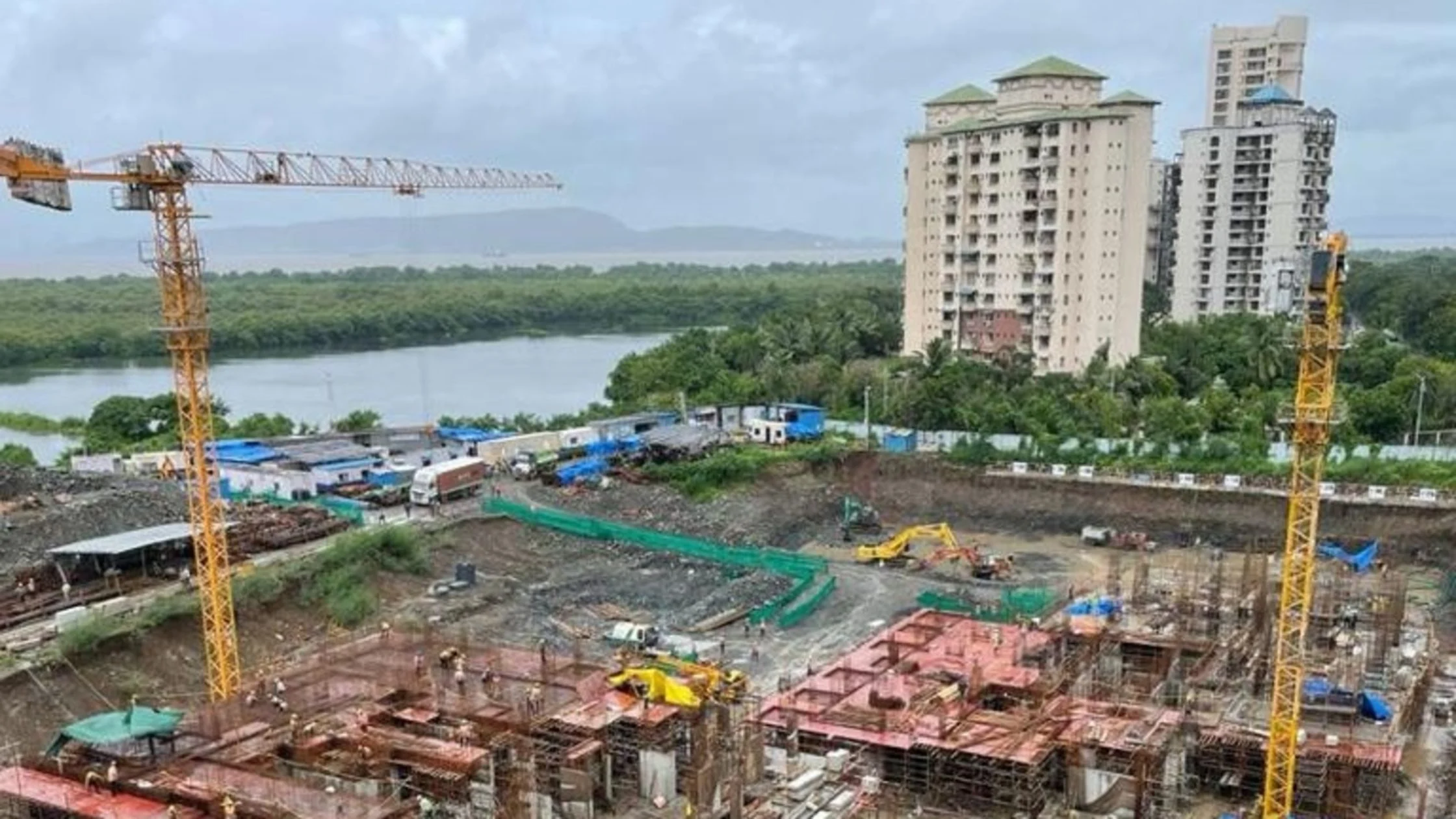
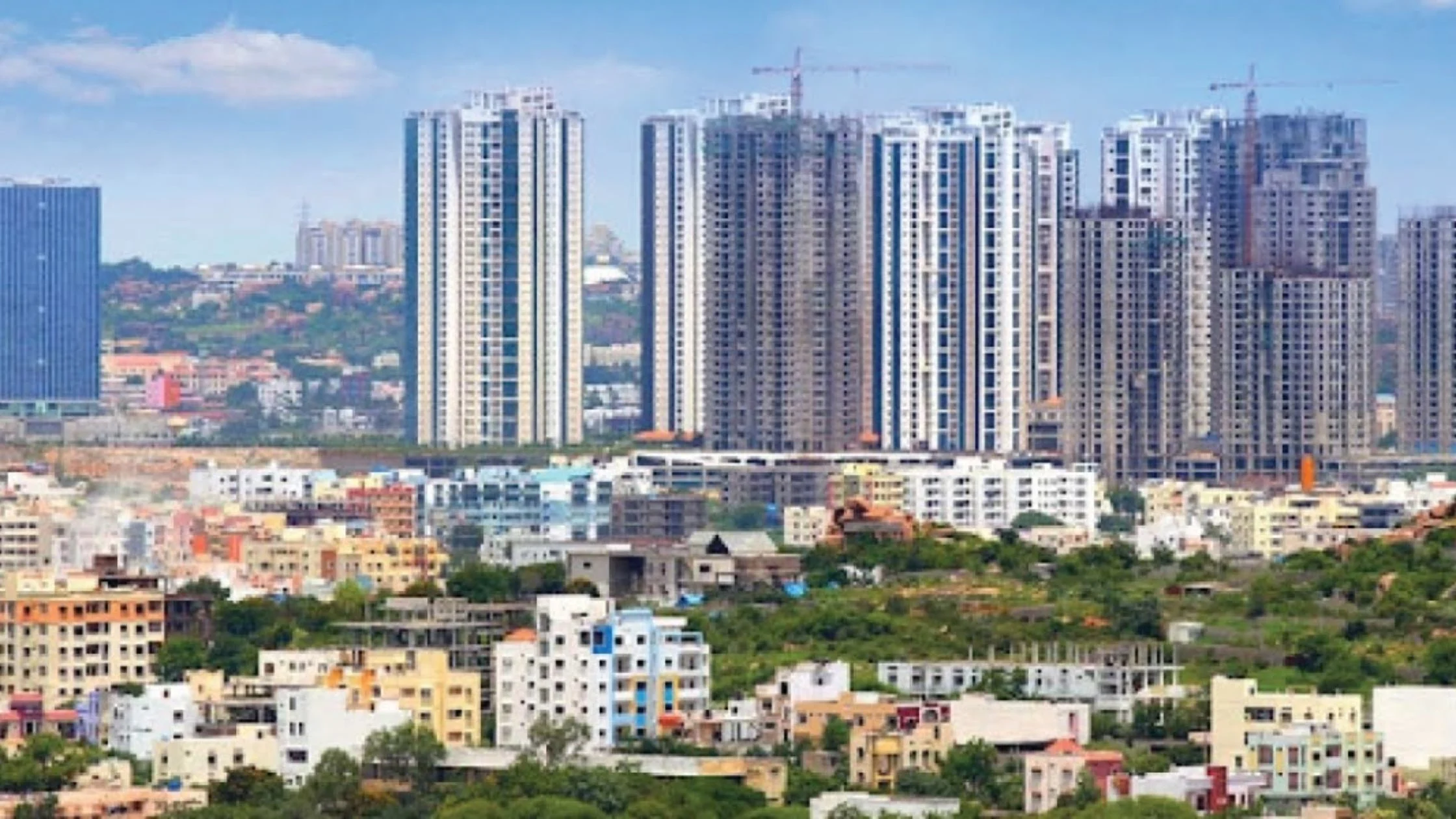
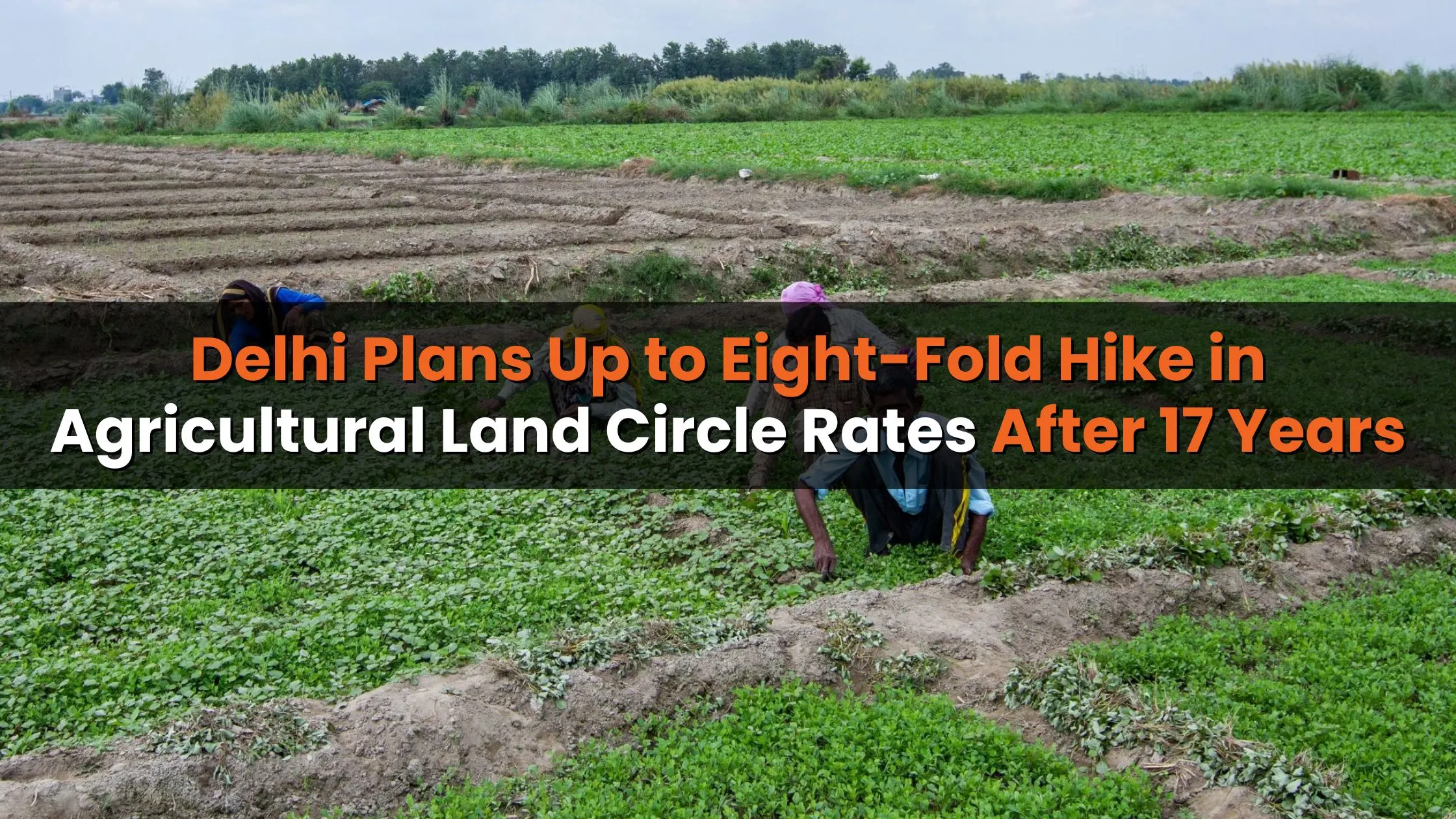



Ans 1. Shimla Circle Rates, also known as guidance values or ready reckoner rates, are the minimum government-approved property values used for registration, stamp duty, and tax calculations. Selling property below these rates is not legally allowed.
Ans 2. The Shimla Revenue Department sets and periodically revises the Circle Rates based on property type, location, and market trends.
Ans 3. Circle Rates are the minimum legal values for property registration, often lower than actual market prices. Market rates are negotiated between buyer and seller and can fluctuate daily. For registration, stamp duty is calculated on the higher of the two.
Ans 4. Visit the Himachal Pradesh official revenue portal, navigate to “Circle Rates,” select Shimla district and locality, and download the official PDF to view updated rates.
Ans 5. Yes. Visit the nearest Sub-Registrar Office (SRO) and request the official Circle Rates list by providing property details such as type and location.
Ans 6. Yes. Central urban areas and prime neighborhoods have higher Circle Rates, while outskirts and rural areas are priced lower. Rates also vary depending on property type—residential, commercial, or agricultural.
Ans 7. Stamp duty and registration fees are calculated based on the higher of the Circle Rate or the actual sale price. Mutation charges may also apply for updating ownership in government records.
Ans 8. Yes. The Revenue Department periodically revises rates to reflect changes in market conditions, infrastructure, and government policies.
Ans 9. Knowing Circle Rates ensures legal compliance, accurate calculation of taxes, and prevents disputes during registration. It also helps buyers avoid paying inflated or undervalued prices.
Ans 10. The latest rates are available on the Himachal Pradesh revenue portal or at the local Sub-Registrar Office (SRO). Always verify before buying or registering property.